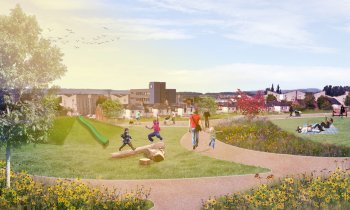Mirafiori Sud Living Lab
The project ProGIreg is funded by the European Commission under the Horizon 2020 programme and will run from June 2018 until 2023. ProGIreg stands for ‘productive Green Infrastructure for post-industrial urban regeneration’: nature for renewal. ProGIreg develops self-sustaining business models for nature-based solutions, based on a scientific assessment of the multiple benefits they provide for social, ecological and economic regeneration.Together, local citizens, governments, businesses, NGOs and universities design the nature-based solutions and make them happen.









